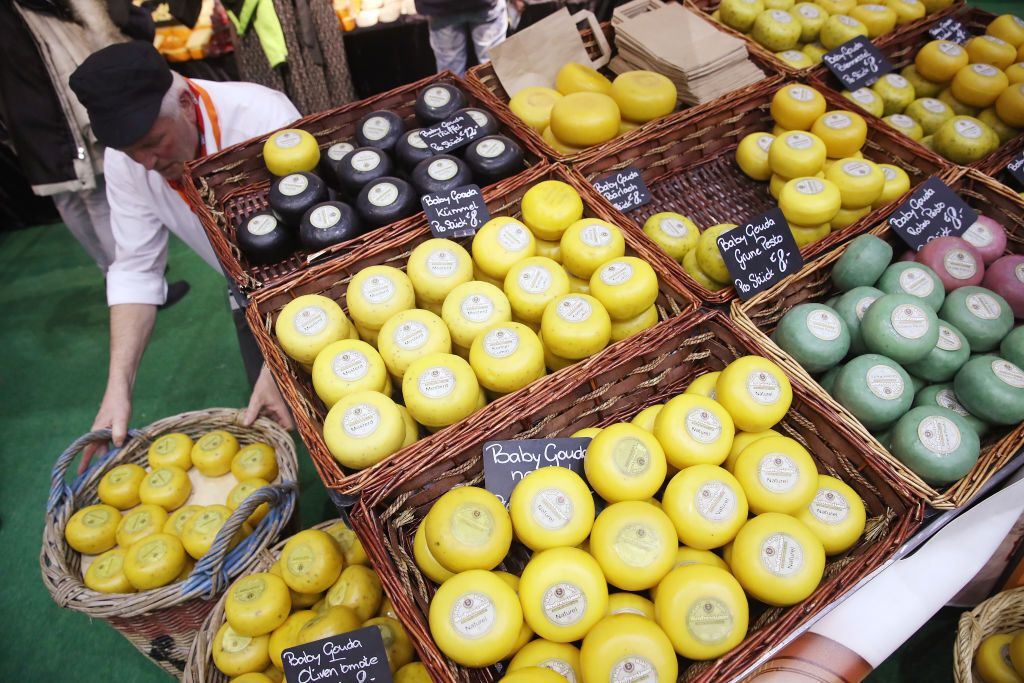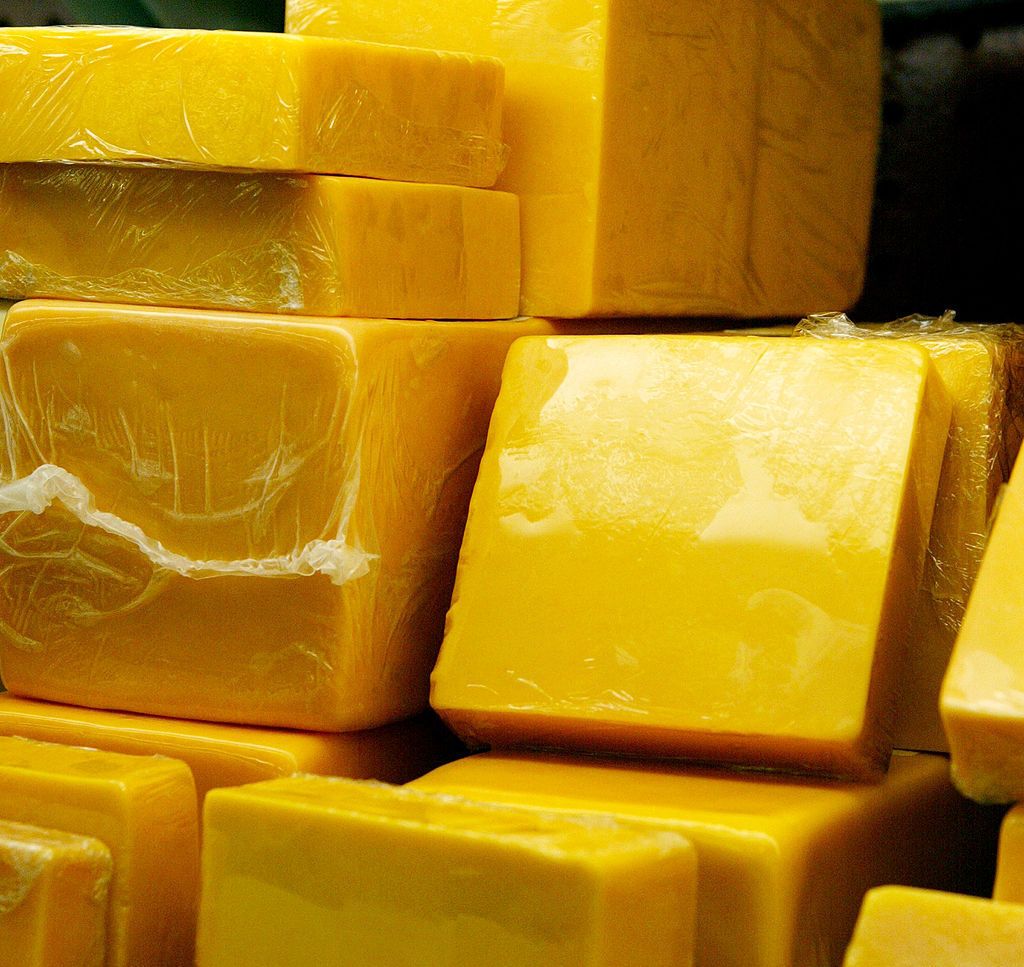LS Food
How not to store cheese: the mistakes we make are named
To extend the shelf life of cheese, you need to use special cheese paper, parchment, wax paper, a cheese cap, or vinegar.
OBOZREVATEL, together with eatthis.com, offers to familiarize you with the main recommendations on how to store cheese properly and what mistakes to avoid.
Storing cheese in plastic wrap is a huge mistake
Many cheeses are packaged in plastic wrap. But storing them in this way is the worst thing you can do.
"Plastic wrap is a complete barrier by design, and cheese needs air and humidity to breathe," says John Wells, Specialty Cheese Product Innovation and Development Specialist at Whole Foods Market.
In addition, cheese can act as a sponge, absorbing plasticizers that give plastic film the ability to stretch and cling. Both of these problems affect the flavor of the cheese and also degrade its quality, causing it to lose its shelf life.
The best tools for storing cheese
Special cheese paper: This is a two-layer product that allows the cheese to breathe and retain moisture.
Parchment or wax paper: If cheese paper is not available, you can wrap the cheese in parchment or wax paper, which protects it from drying out while maintaining air and moisture.
Cheese cap: This is a glass container that allows cheese to create its own temperature and humidity. Cheese caps have proven themselves well, and they are also a great decor for the kitchen.
Vinegar: Placing a small amount of vinegar on cheesecloth or a paper towel before storing cheese can help keep it from mold. Vinegar will act as a kind of barrier, but it will not affect the taste.
Can I store cheese in its original packaging?
Experts say that you should not only avoid storing it in the original packaging but also immediately remove it when you get home. Cheese should be wrapped in fresh and clean cheese paper.
However, it is important to keep in mind that some cheeses may come in thin wooden or cardboard packaging with a porous plastic shell. You can store them in this form until they are opened. Then it is recommended to use paper.
How to preserve freshness, and aroma and extend the shelf life?
First of all, it is important to make sure that your hands and kitchen tools are clean. If you handle cheese properly, you can really reduce mold growth by avoiding bacteria.
Despite this, it is quite difficult to store cheese in the refrigerator because it releases moisture. Tight wraps promote mold formation, while looser wraps allow it to dry and harden.
To find a way and a product that would strike a delicate balance, the American Test Kitchen tested some cheese storage methods.
Specialty cheeses: The method consists of double wrapping the cheese slices – first with parchment paper and then with aluminum foil. Parchment paper allows the cheese to breathe and regulate moisture, while aluminum foil prevents moisture from escaping.
Soft cheeses: soft cheeses with a delicate rind, such as Brie and Camembert, need plenty of air around them to breathe. They can be placed in a glass container lined with paper towel (it will absorb condensation) and then leave the lid open to allow air to circulate.
Salty cheeses: These cheeses are best stored in their brine.
Do I need to wrap the cheese every time I use it?
It can be tricky, but you need to wrap the remaining cheese in a new piece of paper every time you cut off a portion of it.
Where to store cheese?
If you store cheese on the top shelf of the refrigerator for easy access, it is wrong. It is recommended to keep it in special boxes in the lower part, as these places are usually a little warmer. The temperature should be between 4 and 10 ° C, so the coldest part of the refrigerator can be detrimental to it. In addition to having a more moderate temperature in the drawers, they have another hidden advantage: they maintain the humidity necessary for cheese.






























